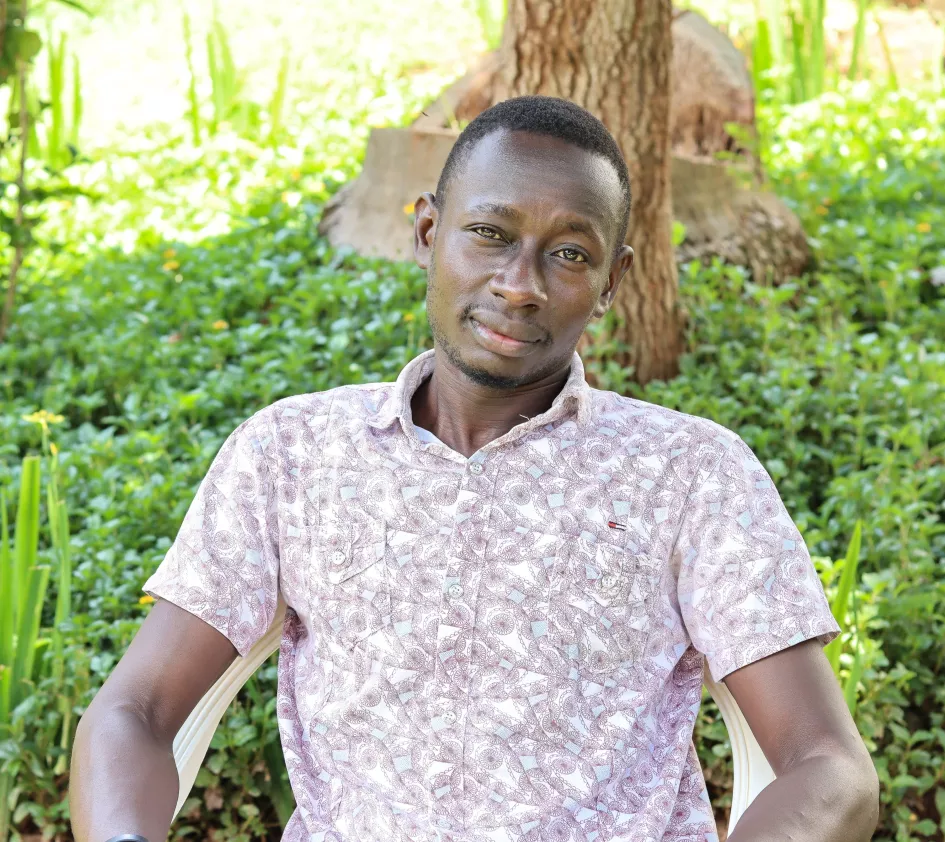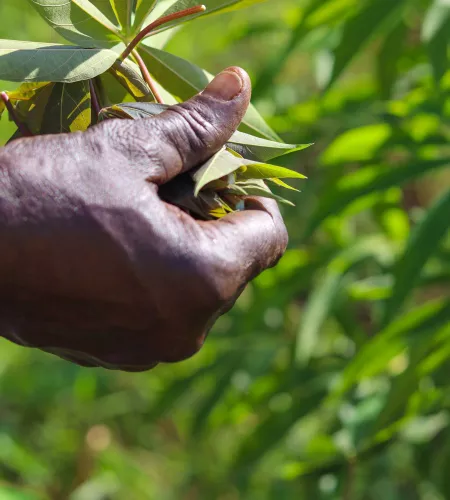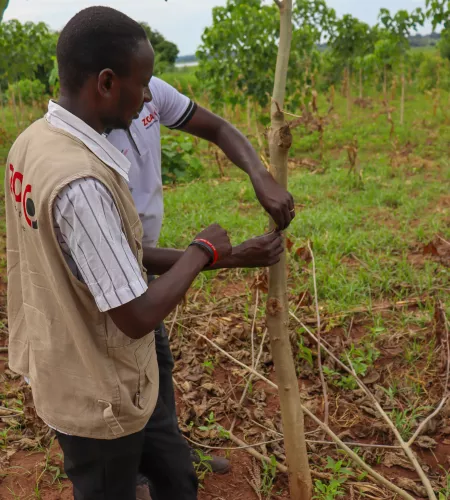1. How can you recognize climate change in Uganda?
“When we talk about the impacts of climate change, we usually look at weather patterns. In Uganda we can see that these weather patterns have changed significantly. When it rains, it rains really heavily and over a longer period of time, with floods and, increasingly, even hailstorms. On the other hand, the dry season extends significantly longer in different regions and burns crops.
In the past, Uganda had 2 to 3 planting seasons per year. One of them is no longer taking place and the other two are no longer reliable because the weather has changed so much.”



